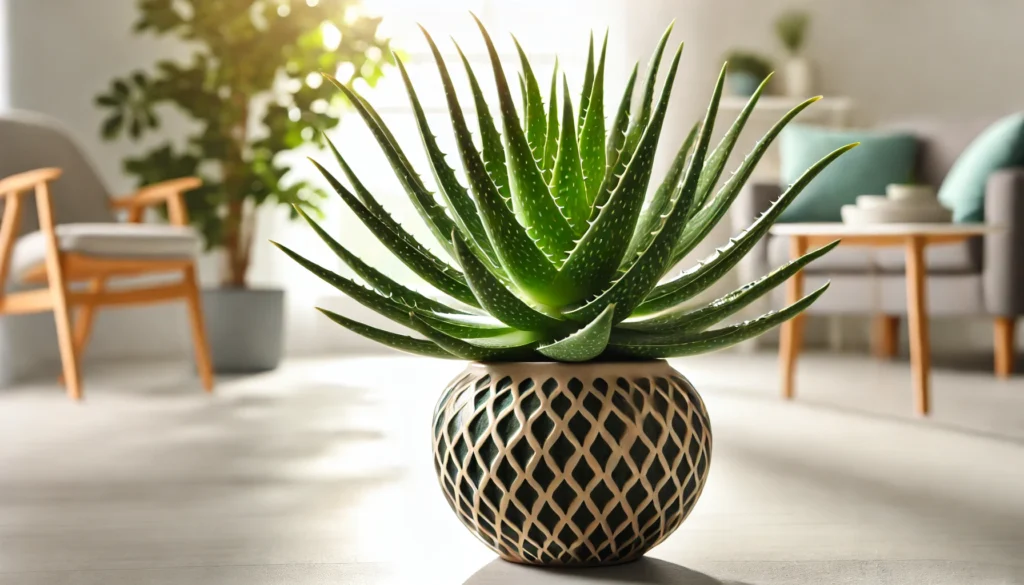
The Areca Palm, also known as Dypsis lutescens or the Butterfly Palm, is a popular houseplant that brings a touch of the tropics into your home. Let’s explore the beauty and care requirements of this elegant plant.
Description and Size
The Areca Palm is known for its feathery, arching fronds that grow in clusters, giving it a lush and full appearance. Each frond is composed of narrow, lance-shaped leaflets that are a vibrant green color. Indoors, the Areca Palm can grow up to 6-7 feet tall, making it a striking focal point in any room.
History and Natural Habitat
Native to the tropical regions of Madagascar, the Areca Palm thrives in warm, humid environments. It has been a popular ornamental plant for decades, often found in homes, offices, and public spaces due to its attractive foliage and relatively easy care requirements.
Ideal Growing Conditions
Light
The Areca Palm prefers bright, indirect light but can tolerate some direct sunlight. Too much direct sunlight can scorch its leaves, while too little light can cause the fronds to yellow. A spot near an east or south-facing window with filtered light is ideal.
Temperature and Humidity
This plant thrives in temperatures between 65-75°F (18-24°C). It loves high humidity, mimicking its natural tropical habitat. To maintain the right humidity levels, consider using a humidifier or placing the plant on a tray filled with water and pebbles.
Soil
A well-draining potting mix is essential. A mix of peat, perlite, and sand works well, ensuring the soil stays moist but not soggy.
Watering
Water your Areca Palm thoroughly, allowing the top inch of soil to dry out between waterings. Overwatering can lead to root rot, while underwatering can cause the fronds to brown. Aim to keep the soil consistently moist but not waterlogged.
Toxicity
The Areca Palm is non-toxic to both pets and humans, making it a safe choice for homes with curious animals and children.
Common Problems and Solutions
Yellow Fronds
- Cause: Overwatering or poor light conditions.
- Solution: Adjust watering practices and ensure the plant is receiving bright, indirect light.
Brown Leaf Tips
- Cause: Low humidity or underwatering.
- Solution: Increase humidity around the plant and ensure consistent watering.
Pests
- Common Pests: Spider mites, mealybugs, and scale insects.
- Treatment: Use insecticidal soap or neem oil to treat infestations. Regularly inspect your plant to catch and address issues early.
Diseases
- Root Rot: Caused by overwatering and poor drainage. Ensure the soil is well-draining and allow it to dry out slightly between waterings.
- Leaf Spot: Fungal infections can cause brown spots on leaves. Improve air circulation and avoid overhead watering to keep the leaves dry.
Best Practices for Care
- Repotting: Repot every 2-3 years to refresh the soil and provide more space for growth. Spring is the best time for repotting.
- Fertilizing: Feed your plant with a balanced, water-soluble fertilizer every 4-6 weeks during the growing season (spring and summer).
- Pruning: Trim any dead or yellowing fronds to maintain the plant’s health and appearance.
Overall Ease of Care
The Areca Palm is a fantastic choice for both novice and experienced plant owners. Its ability to tolerate a range of light and humidity conditions, coupled with its relatively low maintenance needs, makes it an easy-to-care-for plant. Its lush, tropical appearance adds a touch of elegance to any indoor space.
In conclusion, the Areca Palm is a beautiful, low-maintenance plant that can thrive in various indoor environments. With the right care and attention, it will grow into a stunning focal point in your home, bringing a sense of tropical tranquility to your indoor garden.



